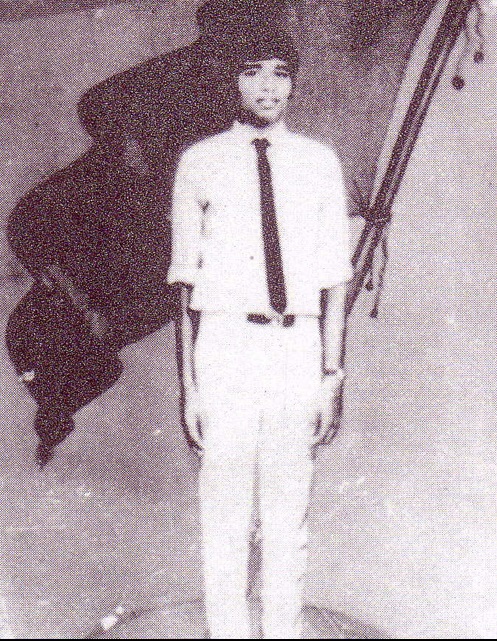Image courtesy of @Tamil Narratives
Today marks 50 years since the death of Ponnuthurai Sivakumaran, the first Tamil to die in the liberation struggle.
Sivakumaran was a member of the Tamil Manavar Peravai (or Tamil Student Federation, TSF) and a leading militant in the early armed Tamil struggle. With decades of Sri Lankan state repression and deadly anti-Tamil pogroms already having taken place, Tamil militant movements began to form. Sivakumaran was involved in assassination attempts on both Somaweera Chandrasiri and Alfred Duraiappah.

In 1974, the oppression of the Tamil nation reached a new stage when the World Tamil Research Conference, an acclaimed event that appreciated and furthered Tamil culture, was marred by the brutality of Sri Lankan security forces. The Sri Lankan state was angered after organisers defied Sri Lankan government calls to hold the event in Colombo and held it in Jaffna between the 3rd - 6th January instead. The violence unleashed by the state’s forces at the event, left nine people dead.
Despite several months and widespread outpouring of Tamil grief and anger at the event, the killings were met with impunity. With no justice or accountability for the crimes in sight, Sivakumaran along with other Tamil youth looked to assassinate individuals alleged to be responsible for the deaths at the World Tamil Research Conference.
However, on 5th June, Sivakumaran was surrounded by Sri Lankan security forces. He had previously been tortured during an earlier detention in police custody for damaging property of those responsible for the conference killings. Evading torture, Sivakumaran committed suicide using a capsule of cyanide, in order to negate the risk of revealing information that jeopardised the growing Tamil armed resistance movement. He became the first Tamil militant to die in the armed struggle, and his death sparked widespread grief across the North-East.
His body was carried from Jaffna hospital to his birthplace of Urumpirai in a large-scale funeral procession, attended by several senior Tamil political leaders of the time. A statue was constructed in his hometown to honour his sacrifice.

The remnants of the original destroyed statue though, have been kept to this day.

